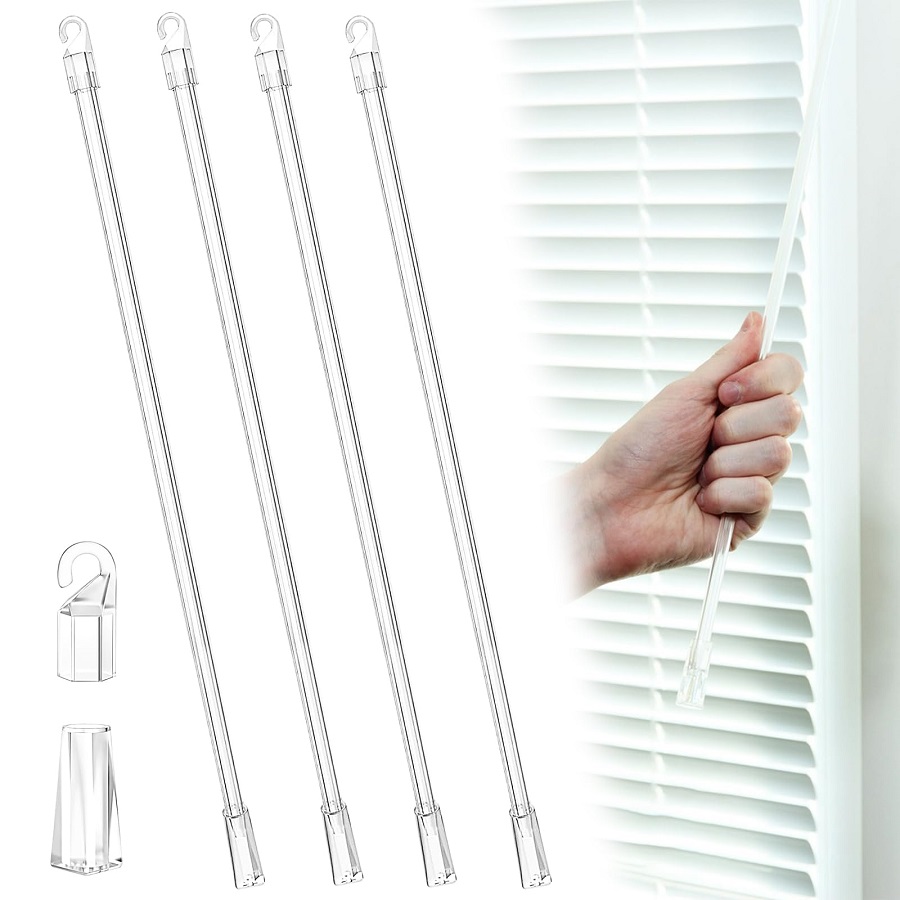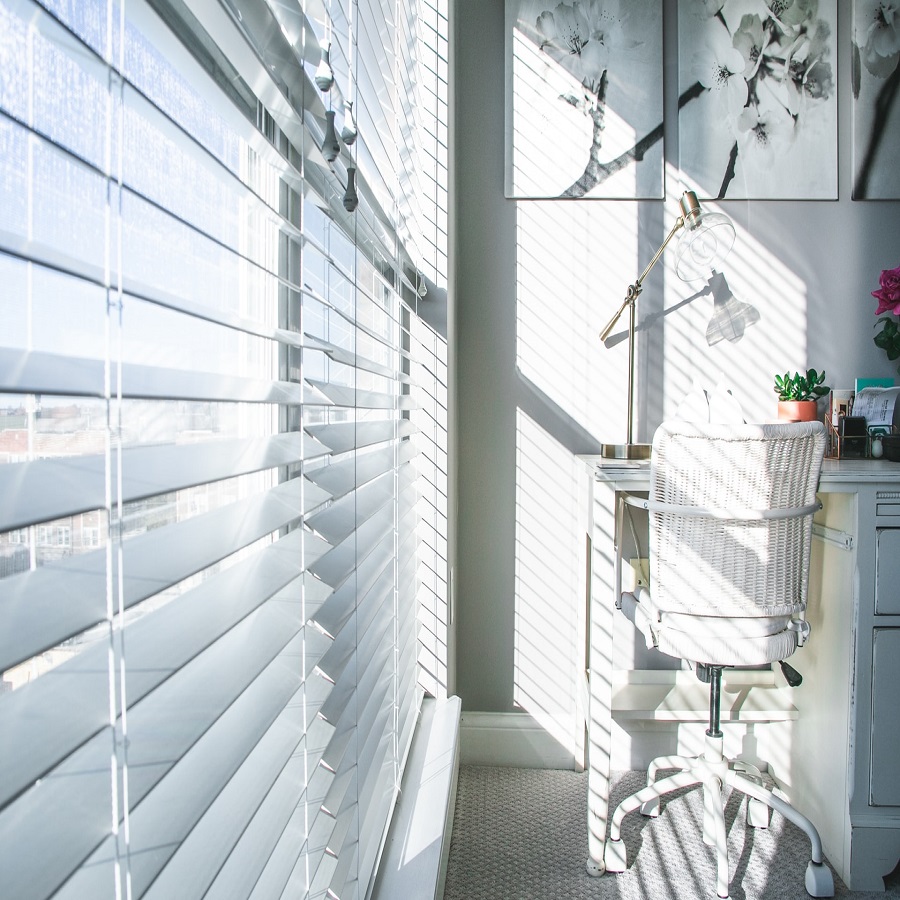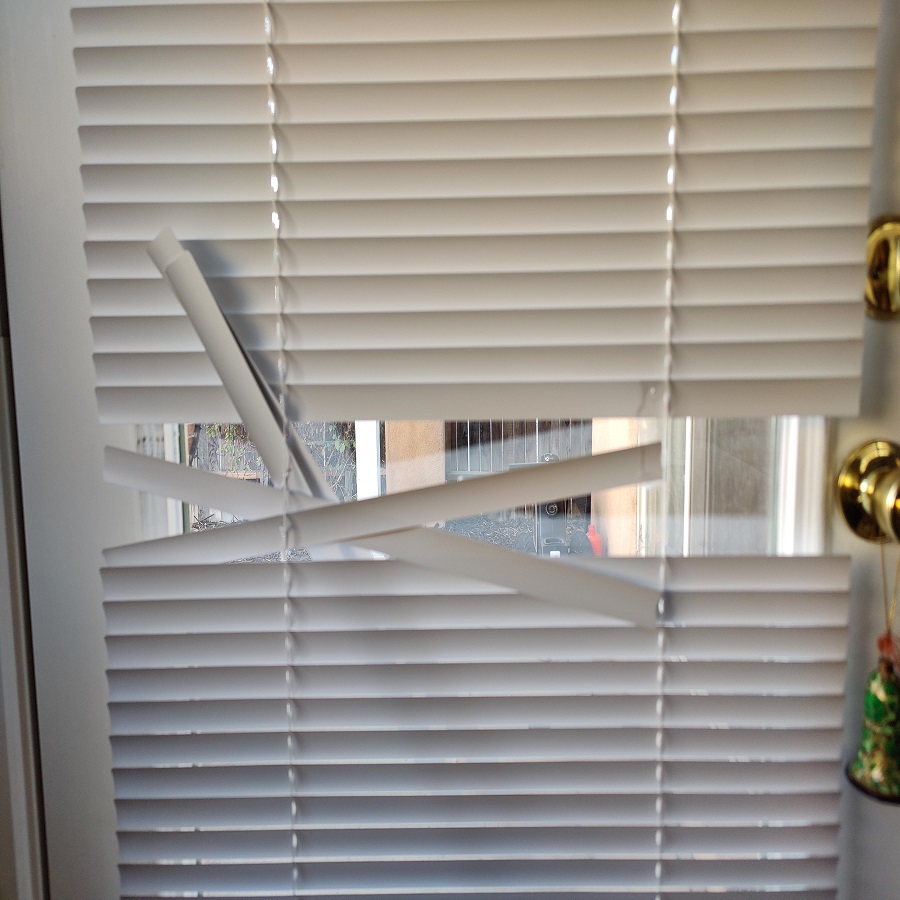Replacing blinds is an effective way to refresh your living space and improve functionality. Whether you’re updating old blinds or changing to a new style, understanding the steps involved can simplify the process. This guide provides a comprehensive overview of how to replace blinds, including measuring, selecting new blinds, installation tips, and maintenance.
Assessing Your Current Blinds
Evaluating Your Existing Blinds
Before replacing your blinds, take a close look at your existing window treatments. Assess their condition to determine if they are simply outdated or if they have functional issues like broken slats or damaged cords. Understanding the limitations of your current blinds will help you decide on the best replacement options. Consider factors such as light control, privacy, and ease of use. This evaluation will also assist in deciding whether you need to address any window frame issues before installing new blinds.
Deciding on Replacement Needs
Decide on the type of blinds that will best suit your needs. Different blinds offer various benefits, such as increased energy efficiency, improved privacy, or enhanced aesthetics. For instance, if your current blinds do not provide adequate light control, you might consider switching to cellular shades, which are known for their superior insulation properties. Conversely, if you want a sleek, modern look, Venetian blinds or vertical blinds might be the right choice. Your choice should reflect both your functional requirements and your interior design preferences.

Measuring Your Windows
Accurate Measurements
Accurate measurements are crucial for ensuring that your new blinds fit perfectly. Start by measuring the width and height of your window. For inside-mount blinds, measure the exact width and height of the window opening, as the blinds will be installed within the frame. For outside-mount blinds, measure the width and height of the area where you plan to mount the blinds, allowing for additional coverage to block out light effectively. Use a metal tape measure for precision and double-check your measurements to avoid errors.
Measuring for Different Blind Types
Different types of blinds require slightly different measurement techniques. For example, if you’re installing vertical blinds, measure the width and height of the window and add extra width to ensure the blinds cover the entire opening. For roller shades or Roman blinds, measure the width of the window frame or the area where the blinds will be mounted, and ensure you account for any additional space needed for the mounting brackets. Each blind type has specific measurement requirements, so consult the manufacturer’s guidelines if necessary.
Selecting New Blinds
Choosing the Right Style
When selecting new blinds, consider the style that best fits your room’s décor and functional needs. Options include vertical blinds, Venetian blinds, roller shades, and cellular shades, among others. Vertical blinds are ideal for large windows and sliding doors, while Venetian blinds offer a classic look and excellent light control. Roller shades provide a clean, minimalist appearance, and cellular shades offer energy efficiency and insulation. Choose a style that complements your interior design while meeting your practical requirements.
Material and Color Selection
The material and color of your new blinds can significantly impact the look and functionality of your windows. Common materials include wood, faux wood, fabric, and aluminum. Wood blinds add warmth and elegance, while faux wood is more durable and resistant to moisture. Fabric blinds offer a softer appearance, and aluminum blinds are sleek and modern. When selecting color, consider how it will coordinate with your room’s color scheme and whether it will enhance or contrast with other elements in the space.
Removing Old Blinds
Safe Removal Techniques
Removing old blinds requires careful handling to avoid damaging your window frame or surrounding area. Start by removing any end caps or decorative elements from the blinds. Next, detach the blinds from the mounting brackets or hardware. If your blinds have a cord or chain mechanism, carefully untangle and remove it. For cordless blinds, simply unclip them from the brackets. Dispose of or recycle the old blinds according to local regulations, and clean the window area to prepare for the new installation.
Dealing with Stubborn Blinds
Sometimes, old blinds can be difficult to remove due to stubborn brackets or accumulated dirt. Use a screwdriver to carefully loosen and remove any screws or nails holding the blinds in place. If the blinds are stuck, gently pry them away from the mounting brackets using a flat tool. For Replacing blinds with adhesive components, use a gentle adhesive remover to clean the area without damaging the window frame. Ensure that all remnants of the old blinds are cleared away before proceeding with the new installation.

Installing New Blinds
Preparing for Installation
Before installing your new blinds, gather all necessary tools and materials, including a drill, screws, brackets, and a level. Review the installation instructions provided by the manufacturer to familiarize yourself with the process. Ensure that the window area is clean and free of debris, and make any necessary adjustments to the window frame or wall to ensure a proper fit. Accurate measurements and a level installation will ensure that the blinds operate smoothly and look visually appealing.
Mounting the Brackets
Begin by marking the positions for the mounting brackets based on your measurements. Use a level to ensure that the brackets are aligned horizontally, and drill pilot holes for the screws. Attach the brackets to the window frame or wall using screws, making sure they are securely fastened. For inside-mount blinds, the brackets should be positioned within the window frame, while for outside-mount blinds, the brackets should be placed on the wall above the window. Follow the manufacturer’s guidelines for bracket placement to ensure proper functionality.
Adjusting and Testing
Final Adjustments
Once the brackets are securely installed, hang the blinds and make any necessary adjustments to ensure a perfect fit. For horizontal blinds, adjust the tilt mechanism and test the cord or chain operation to ensure smooth movement. For vertical blinds, check that the vanes align properly and open and close smoothly. Make any minor adjustments needed to correct alignment issues or to improve the operation of the blinds. Ensure that the blinds are level and functioning as intended before finalizing the installation.
Testing Functionality
After installation, thoroughly test the functionality of your new blinds. Check for smooth operation of the lifting and tilting mechanisms, and ensure that the blinds cover the window adequately. Test any additional features, such as cordless controls or motorized options, to confirm that they work correctly. Address any issues promptly by consulting the installation manual or contacting the manufacturer for assistance. Proper testing ensures that your new blinds provide optimal performance and meet your expectations.
Maintenance and Care
Regular Cleaning
To keep your blinds looking their best, regular cleaning is essential. Dust blinds frequently with a soft cloth or a duster to prevent the buildup of dirt and allergens. For deeper cleaning, follow the manufacturer’s recommendations for your specific type of blinds. Fabric blinds may require gentle vacuuming or spot cleaning, while wood or faux wood blinds can be cleaned with a damp cloth. Avoid using harsh chemicals or abrasive materials that could damage the blinds.
Addressing Repairs
Over time, Replacing blinds may require repairs due to wear and tear. Common issues include broken slats, malfunctioning mechanisms, or damaged cords. Address minor repairs promptly to avoid further damage and maintain the functionality of your blinds. If repairs are beyond your skill level, consult a professional for assistance. Regular maintenance and timely repairs can extend the life of your blinds and keep them functioning effectively.

Conclusion
Replacing blinds is a straightforward process that can significantly enhance the appearance and functionality of your windows. By carefully measuring, selecting the right style and material, and following proper installation techniques, you can achieve a professional-looking result. Regular maintenance and timely repairs will ensure that your new blinds continue to serve you well for years to come. With this quick guide, you are well-equipped to tackle the task of updating your window treatments and enjoy the benefits of a refreshed and stylish living space.








